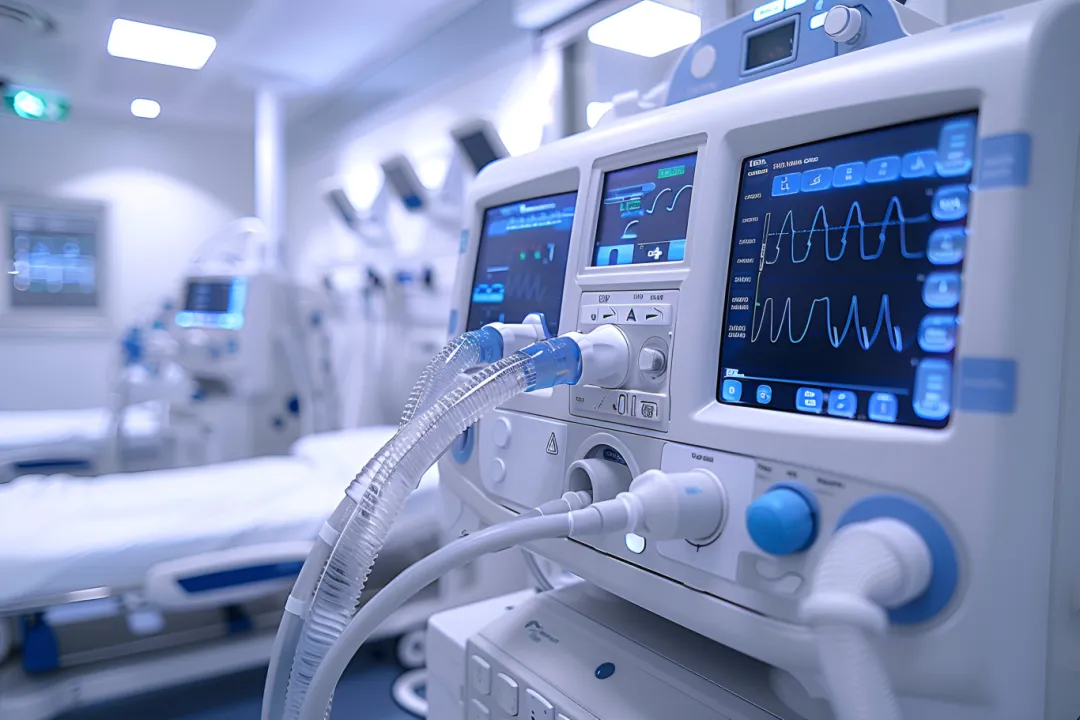
The healthcare system in Australia is significantly different from that in China. Today, the editor has compiled a comprehensive guide to medical treatment in Australia: the differences between public and private healthcare; A guide to seeking medical treatment for general practitioners, emergency departments, specialists, traditional Chinese medicine practitioners, dentists, and inpatients, as well as the application of related pharmacies and medical insurance.
01 What are the medical treatment methods in Australia

01 Clinic
Clinics are the most numerous and widely used medical facilities in Australia. A general practitioner (GP), also known as a general practitioner (GP), usually serves everyone in the clinic. Australians can go to a clinic to see a GP if they experience headaches, fever, or minor physical problems.
In Australia, GP plays a crucial role in your medical treatment process. Your medical records are recorded by the GP, and we recommend that you go to the hospital for further examination. After seeing a specialist, the examination results, treatment plan, prescription medication list, etc. need to be fed back to the GP, who will then follow up with you.
In case of an emergency, the emergency department can directly contact your GP to learn about your entire medical history. Therefore, if you want to fully and conveniently enjoy the benefits of the medical system, you need to carefully choose a GP as a fixed general practitioner.
02 Medical Center
Australian medical centers are similar to Chinese clinics, where ophthalmologists, obstetricians, and gynecologists are all specialized doctors.
If a GP general practitioner finds that a patient's condition exceeds their ability, after multiple examinations and based on the severity and condition of the examination report, the GP will decide to recommend the patient to the relevant specialist for treatment.
03 Hospital
Hospitals in Australia are usually divided into two types: public and private, each accounting for half of the total number.
Whether Australians or foreigners, emergency treatment at public hospitals is free of charge.


02 Australian Healthcare Card
The healthcare system in Australia is a universal healthcare coverage system. Anyone who is a citizen or has a green card (permanent residence) can have Australia's healthcare card - the Medicare card - and enjoy universal healthcare coverage.
The Medicare card is based on the Medicare Benefits Schedule (MBS).
Simply put, Medicare only covers the fees for the items specified in the MBS, and those that exceed the scope of the MBS will need to pay out of their own pockets (or be covered privately).
Medicare does not require self payment in the following three situations:
Outpatient
Family Doctor (GP)/Specialist at BULK-BILLING (Full Reimbursement Bill)
Hospital
Sponsored by the government, various medical services are provided, including emergency and inpatient treatment, which are usually cheaper and have longer waiting periods, and can be reimbursed through Medicare public medical expenses.
Buying medicine
Regular Medicare holders only need to pay up to the upper limit of $41; When the drug expenditure exceeds the PBS Safety Net standard, the upper limit of payment will continue to decrease, or even be completely free. In other cases, it is still necessary to pay the price difference (gap) at one's own expense or by smuggling insurance.
03 Medical treatment process


Medical system
There are three types of healthcare systems in Australia: basic healthcare → specialist doctors → public and private hospitals, and there is no cross layer treatment between these three.
That is to say, besides the emergency department, if you want to seek medical treatment, you can only make an appointment for basic medical care first. The GP doctor there will determine whether you need to see a specialist doctor and then transfer you to a specialist clinic.
Specific process
If it is a minor physical illness, search for medical center or clinic on Google, make an appointment by phone or online, and seek consultation from a general practitioner (GP).
The doctor will give you a laboratory test report, and the test results are very slow, usually taking two to three days. After the test results are available, you need to make a new appointment with a GP doctor.
Afterwards, the GP will prescribe medication for you based on your situation, and you can directly go to the nearest pharmacy in the chemical warehouse to buy the medicine. Give the prescription to the staff, and they will provide you with a pager for you to collect and pay for the medication.
When the GP deems that the patient's condition requires further diagnosis and treatment by a specialist, the GP will issue a letter of introduction for the patient. You can request the GP to arrange you with a specialist doctor or hospital as close to home as possible, or you can request the GP to recommend a specialist doctor who can speak Chinese for you.
04 Precautions for medical treatment
You will receive a confirmation message the day before the face-to-face consultation. Remember to confirm, otherwise the appointment will be invalid.
If the appointment is for a medical center, it needs to be cancelled 3 hours in advance, otherwise a fine of $40 will be imposed; If the appointment is for a clinic, it needs to be cancelled one day in advance, otherwise a fine of $60 will be imposed. In addition, the amount fined cannot be reimbursed.
If you have insurance, dental treatment, ophthalmology, physiotherapy, acupuncture and moxibustion and other auxiliary medical treatment, you cannot be reimbursed.
Be sure to remember your insurance policy number. Before seeking medical treatment, you will be required to fill out a form containing some of your basic information, insurance policy number, and medical history.
It is recommended to make a phone appointment when making a GP appointment, as it usually takes 1-2 days to see a doctor. If it is an appointment for a doctor to come and see you, it may take a long time to wait. If it is an online appointment, you can choose the GP you want, but it will take 1-2 weeks to see a doctor.
Before the consultation, you can first check with which medical institution your insurance institution cooperates with. If the price difference exceeds the reimbursement of the insurance company, the hospital will reimburse your insurance company.
If you encounter a very serious emergency situation, you can call the ambulance service. The ambulance number in Australia is 000. After connecting, be sure to say 'Ambulance'.

In Australia, if you want to see a doctor more conveniently, you need to do your homework carefully and carefully choose a GP as your regular general practitioner!
Secondly, whether you go to a specialist doctor for examination or a hospital for surgery, ultimately you need to inform your GP of these medical records, prescription forms, laboratory tests, and other documents, and the GP will complete your medical records. When choosing medical services in Australia, you need to consider your type and coverage of medical insurance, as well as your condition and needs.
As a professional study abroad agency, Kane has rich experience in applying for study abroad. Students are welcome to consult our consultant teachers for more study abroad information.
Source: The article and cover image are sourced from photo websites, online platforms, etc.
Regarding copyright: As Kane respects copyright, if there is any infringement, please contact us for removal.










 021-50677963 / 19370614778
021-50677963 / 19370614778 Room 2123, Building A, Lvdihui Center
Room 2123, Building A, Lvdihui Center info@yinkaien.com
info@yinkaien.com
